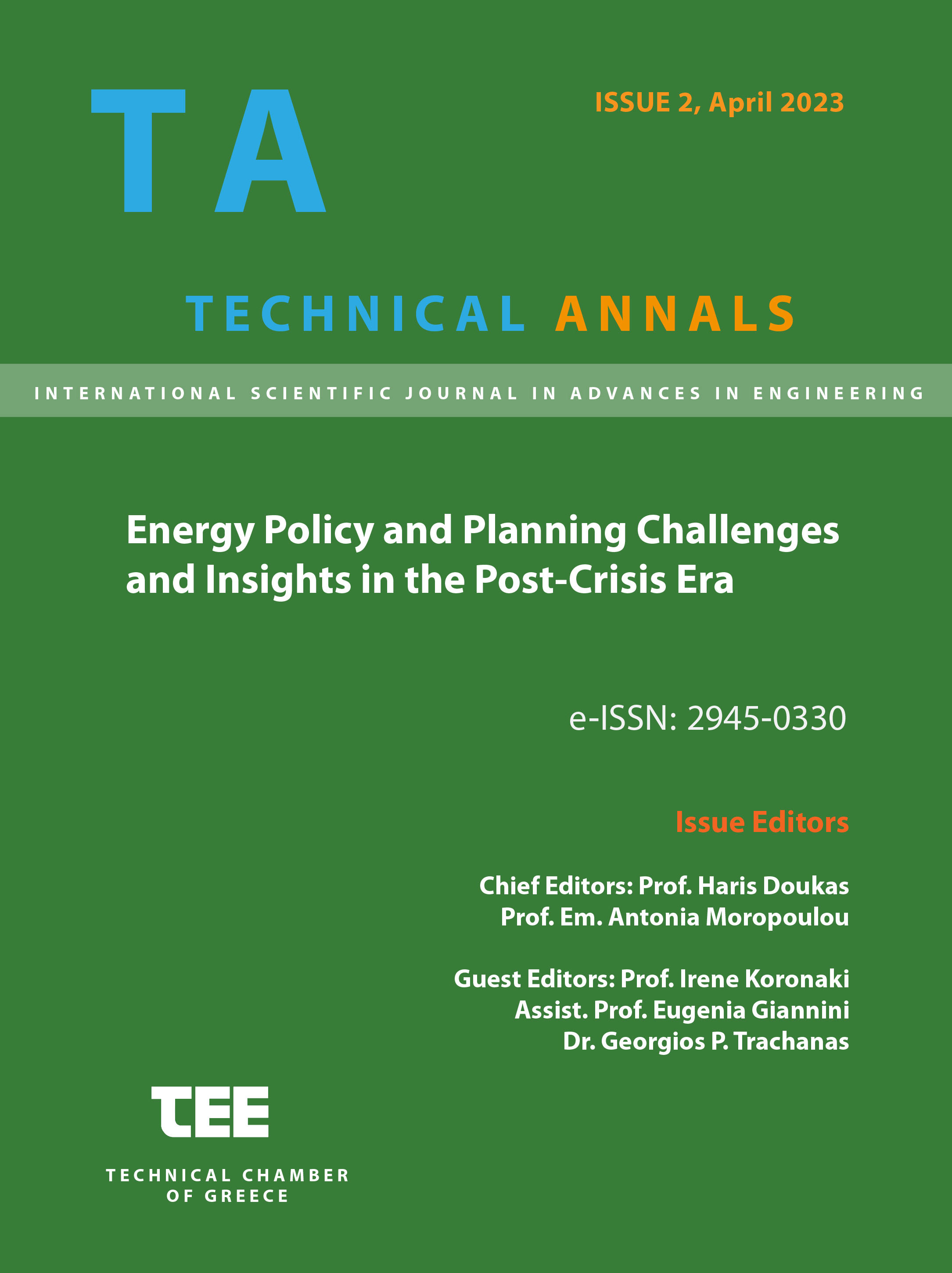Climate-responsive opportunities and challenges in urban vernacular heritage.

Abstract
In response to today’s contemporary challenge regarding how to tackle the effects of climate change in heritage environments, natural ventilation arises as a compatible, low-cost and environmentally friendly passive cooling strategy for the Mediterranean climate. However, an identified research gap concerns the lack of studies addressing data from both the urban and building scales. An innovative, multi-scale approach is introduced in this research, through the study of airflow on the neighbourhood, street canyon and building scales, which is then evaluated using field measurements. The effect of urban density and street-canyon geometry on indoor thermal comfort is discussed in the case of adobe buildings with pass-through spaces (portico), and timber projections with multiple openings (sahnisi). The originality of the presented research lies in the adopted multi-scale methodology. On the district level of study, analytical tools and urban-scale considerations in the development of vernacular buildings are discussed through the lens of environmental performance. Building ventilation is addressed as a function of in-street and rooftop airflow, demonstrating the airflow gradient across the scales under study. Furthermore, the impact of various window operation patterns is quantified, given the variability of the background wind and street geometry. The results indicate best practices for enhancing the cooling effect of natural ventilation, highlighting the role of occupant behaviour and night-time ventilation. Finally, key directions regarding conservation practices in urban contexts are discussed, bringing energy performance and comfort into cultural heritage studies.
Article Details
- How to Cite
-
Thravalou, S. (2023). Climate-responsive opportunities and challenges in urban vernacular heritage. Technical Annals, 1(2). https://doi.org/10.12681/ta.34858
- Section
- Energy

This work is licensed under a Creative Commons Attribution-NonCommercial-ShareAlike 4.0 International License.


